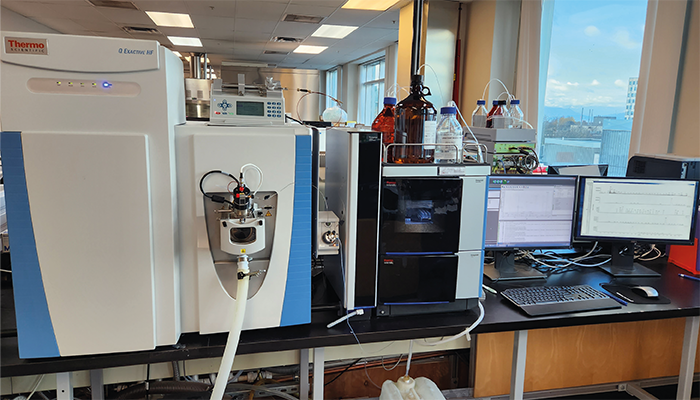A new process for screening urine samples is expected to improve efficiency in detecting previously undetected designer drugs. Researchers at the University of British Columbia, Canada, developed a computational framework that allows for reanalysis of mass spec data in large quantities (1).
Every year, somewhere between a few dozen and a hundred new designer drugs emerge on the “gray market,” causing avoidable intoxications, overdoses, and fatalities. These drugs are often unregulated through existing legislation, and there is limited knowledge as to their effects or how patients will respond to treatment.

To dig deeper into the issue, researchers reanalyzed high-resolution mass spectrometry (HRMS) data from over 12,000 urine samples, uncovering new psychoactive substances (NPSs) that were missed by conventional standard-based workflows.
“I was surprised by the prevalence of some of these drugs, considering public health officials weren’t aware of their circulation in the community,” says lead author and Assistant Professor, Michael Skinnider. “By detecting NPSs earlier with this computational framework, we can monitor distribution of novel drugs across the world and provide overdose prevention services with key information to prepare treatment options.”
One of the NPSs detected in the study includes a synthetic opioid called fluorofentanyl. This modified version of fentanyl circulated for more than a year before the study period without identification. “During this time, it wasn’t possible to definitely test fluorofentanyl in samples from intoxicated patients, but we believe we can substantially cut this time gap in the future,” says Skinnider.
The software developed by the team is now being implemented within the British Columbia Centre for Disease Control as part of its routine clinical workflows where it will allow regular surveys of the entire repository of clinical and forensic mass spec data. Additionally, the team plans to integrate the technology with an AI platform they introduced in 2021 (2).
Skinnider concludes, “We hope that, together, these technologies will allow us to identify unknown drugs immediately after they emerge on the market.”
In Article Credit: Aaron Shapiro
References
- MA Skinnider et al., Anal Chem, 95, 47 (2023). DOI: 10.1021/acs.analchem.3c03451.
- MA Skinnider et al., Nat Mach Intell, 3 (2021). DOI: 10.1038/s42256-021-00407-x.




